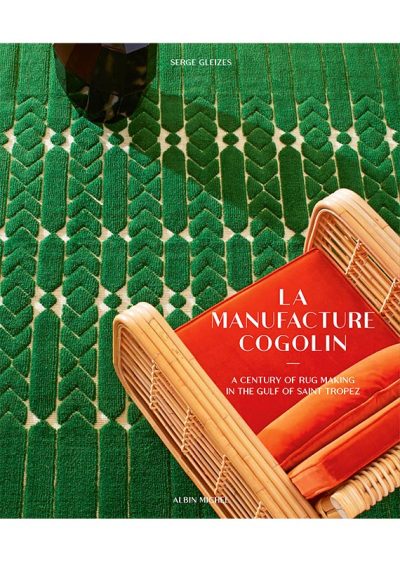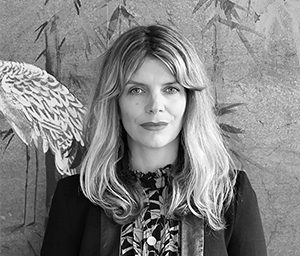French rug atelier La Manufacture Cogolin’s managing director talks timeless design crafted with respect, reflection, and sustainability
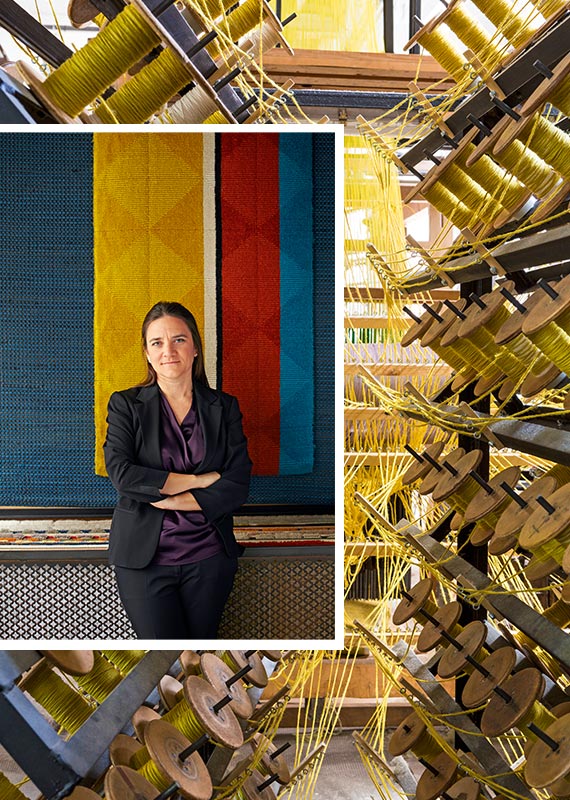
How would you sum up the brand’s ethos? Respect is key in our day-to-day: respect for our history, respect for each other within our team, respect for the environment, respect of design intent, respectful and proactive communication with our clients… We work as a team and we try to approach everything with reflection and intention, to make decisions that make sense for the long-term, and that are informed by years of history.
Tell me about your design journey. I first started working in the design world in my late 20s as a management consultant. After working in the management of several arts-based businesses, I decided to go back to school for a master’s degree in interior architecture, to focus on the “fun” part of the business. My first job was in the design studio at Holly Hunt in Chicago, which was great training with an amazing mentor. When I left Holly Hunt, I went back to working as a consultant, and one of my projects in 2007 was to manage the construction of several showrooms and offices for Tai Ping Carpets. Following that experience, I joined the Tai Ping Paris team in 2008 and moved over to La Manufacture Cogolin full-time in 2014. I’ve had the opportunity to work with colleagues and clients all over the world, design collections for many different types of rugs, and work with very small and very large teams. There’s something new to learn from each experience.
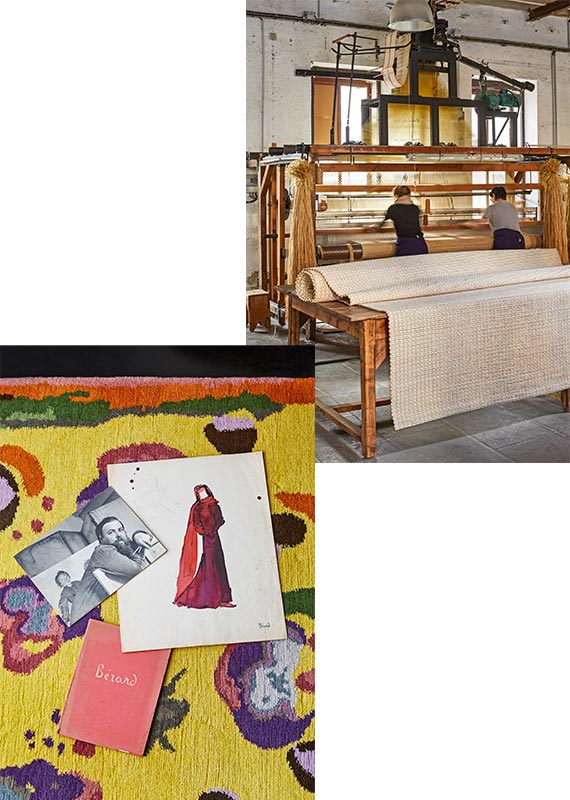
How do you balance honouring Cogolin’s heritage whilst steering it into a contemporary design landscape? We have such a strong heritage and historical style that it makes design decisions pretty easy. While we need to make sure we’re presenting things that are appropriate to the contemporary context, we always make sure that everything relates to the brand, and makes sense with the brand image. Our style is quite timeless – modernist, sophisticated and understated, so we stay away from developing anything that’s too trendy. We keep an eye on colour trends, but we work within our quite particular palette that’s influenced by colours from the 1930s to 1950s. And we focus on high-quality, natural materials in unique, plush qualities.
Tell me about the new book, and what it means to the brand. The book has two main focuses: one tells the story of 100 years of history of the atelier – how the company developed, collaborations with artists and decorators, key projects, and the stories of the women who weave. The second focuses on the unique savoir-faire of our atelier – our particular way of weaving – and the new collections we’ve launched since 2013 that orient our approach to the future.
Preparing the book gave us an opportunity to read through lots of documents in our archives, and it’s exciting to be able to share this unique history, not only with our clients, but with anyone who has an interest in 20th century design. It’s is also a way to communicate to our clients that they’re not just purchasing an object, they’re acquiring a piece of history, made in a highly unique atelier.
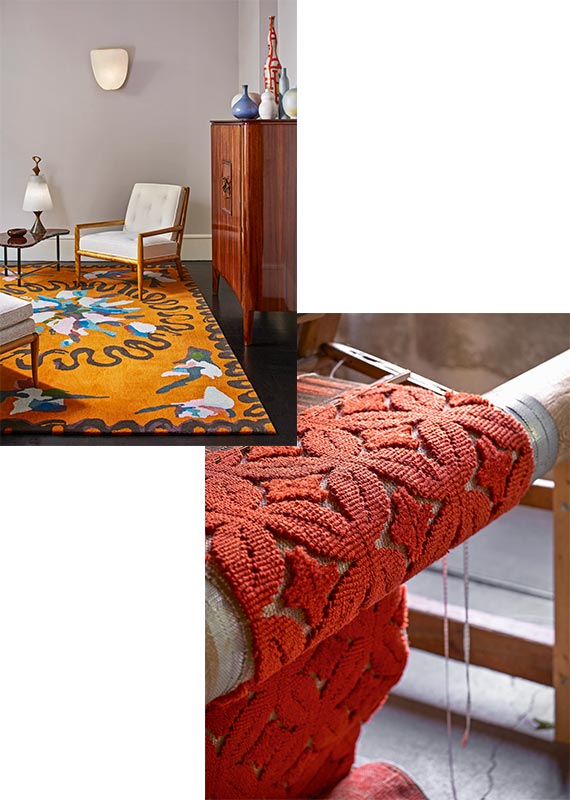
Tell me about the role of sustainability at Cogolin. A sustainable production approach has always been part of the ethos of our brand. France is one of the most expensive manufacturing environments in the world, so we’ve always been attentive to limiting waste, and re-using and upcycling what we can. Our rugs and fabrics are very high-quality, meant to last for generations, and our design approach is timeless rather than trendy. We work only with European partners close to us (in France, Belgium, Germany, Italy, and Spain) for yarn spinning and dyeing, as well as production of our fabric line, limiting shipping distances and making sure environmental and labour standards are upheld, and we have a membership in an eco-organisation that facilitates recycling of building materials during building renovations.
What’s next for the brand? We have several new collections. The first, Paysages, launched this January in Paris. Paysages is inspired by abstract landscapes, oriented towards a beach villa environment, but the designs could also be at home in an urban apartment. We’re also working on a ‘winter’ fabric collection as a follow-up to our Bord de Mer fabric collection, and we’ve started working on a couple of collaborative collections that are still top secret for now.
